You are probably looking for GridSpec. You can state the size of your grid (5,4) and the position for each plot (row = 0, column = 2, i.e. - 0,2). Check the following example:
import matplotlib.pyplot as plt
plt.figure(0)
ax1 = plt.subplot2grid((5,4), (0,0))
ax2 = plt.subplot2grid((5,4), (1,1))
ax3 = plt.subplot2grid((5,4), (2, 2))
ax4 = plt.subplot2grid((5,4), (3, 3))
ax5 = plt.subplot2grid((5,4), (4, 0))
plt.show()
, which results in this:

Should you build nested loops to make your full grid:
import matplotlib.pyplot as plt
plt.figure(0)
for i in range(5):
for j in range(4):
plt.subplot2grid((5,4), (i,j))
plt.show()
, you'll obtain this:

The plots works the same as in any subplot (call it directly from the axes you've created):
import matplotlib.pyplot as plt
import numpy as np
plt.figure(0)
plots = []
for i in range(5):
for j in range(4):
ax = plt.subplot2grid((5,4), (i,j))
ax.scatter(range(20),range(20)+np.random.randint(-5,5,20))
plt.show()
, resulting in this:

Notice that you can provide different sizes to plots (stating number of columns and rows for each plot):
import matplotlib.pyplot as plt
plt.figure(0)
ax1 = plt.subplot2grid((3,3), (0,0), colspan=3)
ax2 = plt.subplot2grid((3,3), (1,0), colspan=2)
ax3 = plt.subplot2grid((3,3), (1, 2), rowspan=2)
ax4 = plt.subplot2grid((3,3), (2, 0))
ax5 = plt.subplot2grid((3,3), (2, 1))
plt.show()
, therefore:

In the link I gave in the beginning you will also find examples to remove labels among other stuff.



